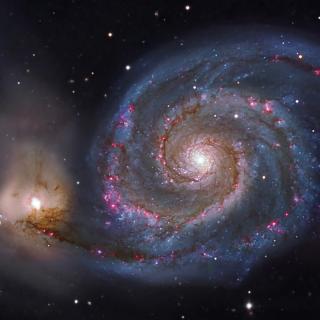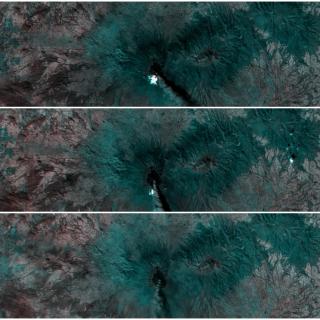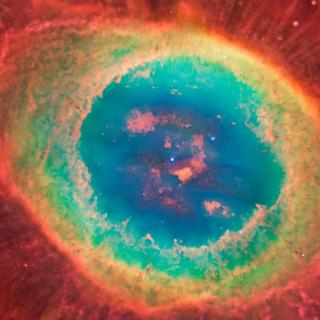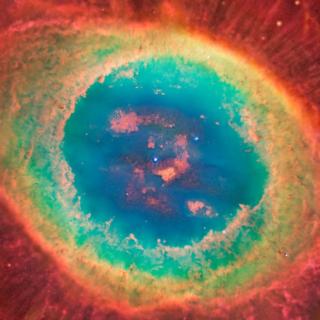
An international team, led by a researcher from the University of Liège (Belgium) affiliated to the Instituto de Astrofísica de Canarias (IAC), has discovered an extraordinarily light planet orbiting a distant star in our galaxy. This discovery, reported today in the journal Nature Astronomy, is a promising key to solving the mystery of how such giant, super-light planets form. The new planet, named WASP-193b, appears to dwarf Jupiter in size, yet it is a fraction of its density. The scientists found that the gas giant is 50 percent bigger than Jupiter, and about a tenth as dense — an
Advertised on




